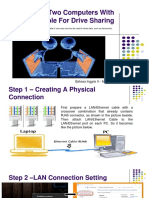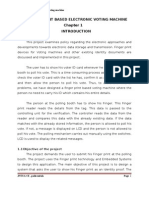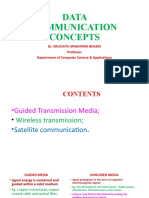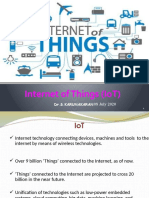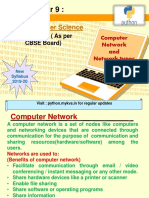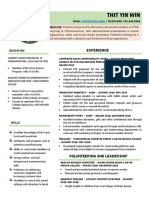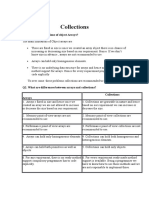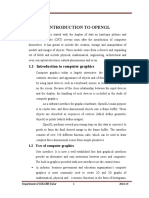0% found this document useful (0 votes)
197 views36 pagesChapter - 9
The document discusses computer networks and network types. It defines a computer network and describes its benefits and disadvantages. It then covers different network topologies including bus, star, ring, mesh, tree and hybrid. It also discusses types of networks like LAN, MAN and WAN and provides examples of each. Finally, it differentiates between the Internet and the World Wide Web.
Uploaded by
Akshit VermaCopyright
© © All Rights Reserved
We take content rights seriously. If you suspect this is your content, claim it here.
Available Formats
Download as PDF, TXT or read online on Scribd
0% found this document useful (0 votes)
197 views36 pagesChapter - 9
The document discusses computer networks and network types. It defines a computer network and describes its benefits and disadvantages. It then covers different network topologies including bus, star, ring, mesh, tree and hybrid. It also discusses types of networks like LAN, MAN and WAN and provides examples of each. Finally, it differentiates between the Internet and the World Wide Web.
Uploaded by
Akshit VermaCopyright
© © All Rights Reserved
We take content rights seriously. If you suspect this is your content, claim it here.
Available Formats
Download as PDF, TXT or read online on Scribd
/ 36













